Fender's guitar models explained: we break down the entire Fender line-up from Player to Custom Shop, to help find the right one for you
Get to know your Jazzmasters from your Jags and your Players from your Performers with our breakdown of the vast Fender catalog
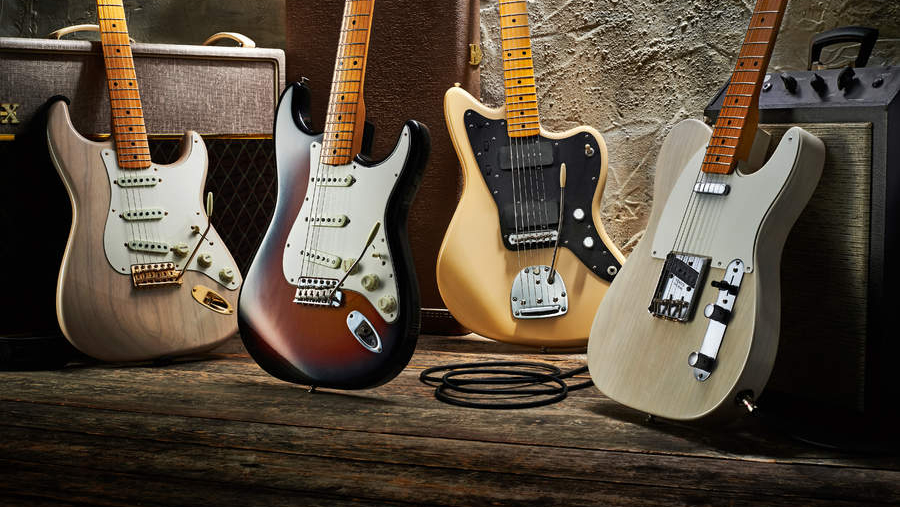
In the world of electric guitars, there are a few names that ring out quite as loud as Fender. Along with their stablemate Gibson, Fender paved the way in the 1950s for the future of mass-produced electric instruments and it’s fair to say that popular music would look very different without their influence.
Leo Fender founded the company in 1946 and quickly pivoted from repairing radios to manufacturing amps and instruments. It wasn't long before he struck gold, so to speak, with the invention of the first mass-produced solid-body electric guitar – originally called the Esquire, it would later be rebranded the Telecaster. Since then, Fender has gone on to do huge things and continues to be a pioneer within the industry.
Now, there are all sorts of different Fender instruments, amps, and accessories, all produced in various parts of the globe. Even within the world of Fender electric guitars, there is a diverse range of models that all offer their own unique sonic characteristics.
Here, we will break down some of the main guitars that Fender offers, along with the main series on the market today, looking at both US-made guitars and those made in Mexico and Japan. While Fender does make some incredible basses and acoustic guitars, we’ll just be focusing on electric guitars today.
Fender guitar types overview
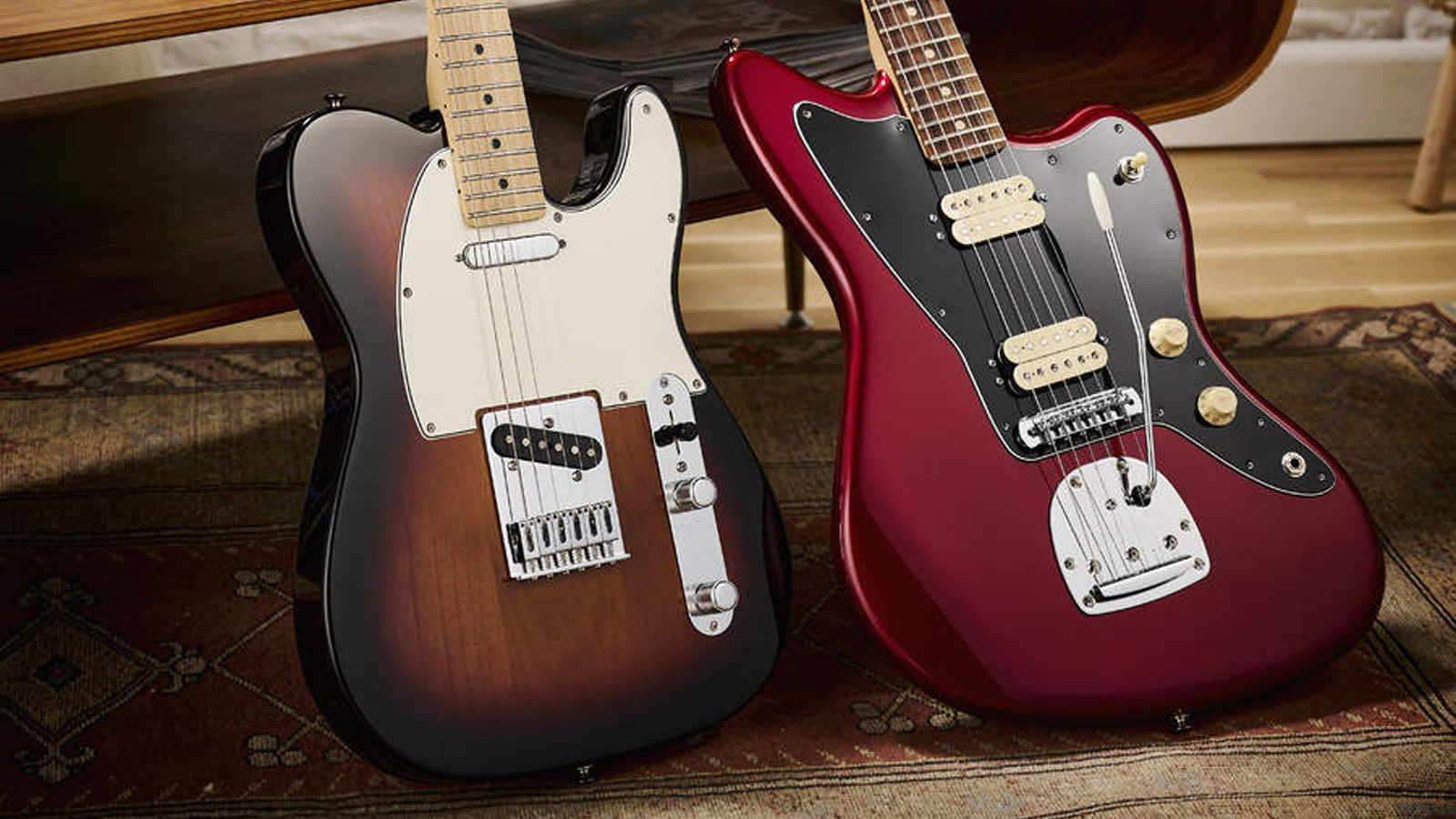
There are lots of different guitars made by Fender, but it’s fair to say that the most recognizable models are the Stratocaster, Telecaster, Jazzmaster, Jaguar and Mustang. Other guitars such as the Starcaster, Musicmaster and Meteora all certainly have their place, but these five models are at the core of what Fender does and therefore will be our focus.
Fender Stratocaster
One of, if not the most popular electric guitar shape in the world, the Stratocaster is characterized by its famous double cutaway body and three single-coil pickups (though you might often see one with a humbucker in the bridge position – known as a HSS Strat). Strats are versatile and work for a plethora of different musical styles, though they’re often favored by blues, rock, soul and funk players.
People often describe the Strat as sounding glassy, chimey and bright. The five-way pickup selector allows you to dial in a variety of really cool tones, with positions two and four giving it more ‘quack’ and ‘chop’.
Get The Pick Newsletter
All the latest guitar news, interviews, lessons, reviews, deals and more, direct to your inbox!
If you don’t know what sound you’re after, a Strat is a good place to start.
Fender Telecaster
The Telecaster is an evolution of the first guitar made by Fender and is still massively popular to this day. Fender Telecasters traditionally feature two single-coil pickups, though they’re quite different from those found in the Strat.
The pickup's construction isn’t quite the same as a Strat – the Tele bridge pickup is slightly bigger and mounted to a metal plate. This gives it slightly more output and its signature ‘twang’. Players have turned to the Tele for its trademark sound – radiant, snappy, and twangy in the bridge position and warm and mellow in the neck.
You’ll see many country and blues players turn to the Telecaster, though they actually work well for pretty much anything. Like with the Strat, a Telecaster can be a great starting point.
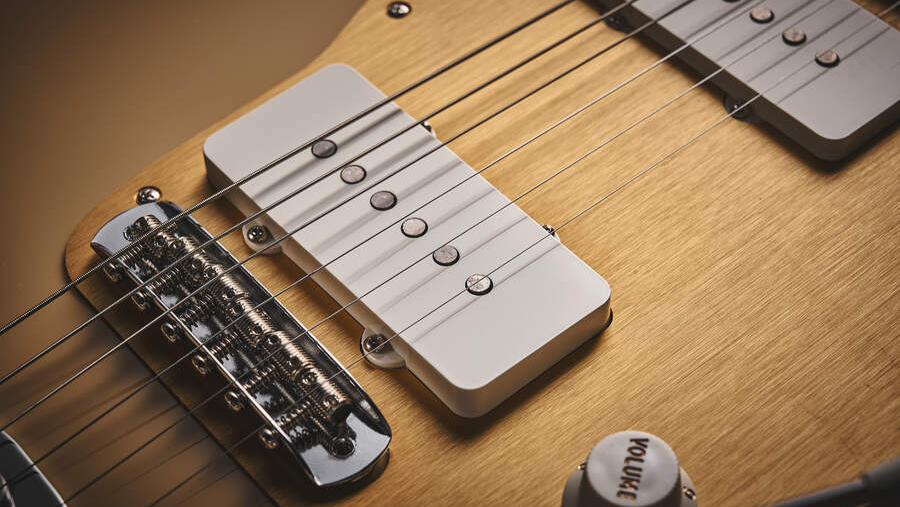
Fender Jazzmaster
Introduced in 1958, the Jazzmaster was intended for a jazz audience, but it quickly found favor with a surf-rock and rock ‘n’ roll crowd. This was Fender’s first offset guitar and is instantly recognizable by its asymmetrical design.
The Jazzmaster certainly has the twang and jangle of both the Tele and Strat but with added warmth and depth. Yes, the Jazzmaster features single-coil pickups, but sonically, these large oblong pickups can be placed somewhere between traditional single-coil and P-90s. There’s then a whole other circuit that, when engaged, gives the guitar a much darker, warmer, mellower and woodier tone, which can, as intended, work really well for jazz.
Nowadays, all sorts of players use the Jazzmaster – they’re particularly big in the alt-rock, grunge and indie worlds.
Fender Jaguar
The Jaguar is very similar to the Jazzmaster in terms of aesthetics, though what’s going on within the electronics is quite different. Like the Jazzmaster, it’s got a Rhythm circuit for that darker tone, but the Jaguar has individual on/off switches for the pickups, as well as a bass-cut switch which gives you less bottom end.
They’re fairly bright and thin and often described as narrow-sounding, which can work particularly well in certain mixes. They also have a shorter scale length – Jaguars have a 24” scale, compared to 25.5” found on most other Fender guitars.
Fender Mustang
The Fender Mustang was Fender’s student model, released in 1964 and, like the Jaguar, has a shorter 24” scale length. The Mustang, however, is fairly stripped down and sports two single-coil pickups along with a three-way switch for each pickup. This allows you to get some pretty cool out-of-phase sounds.
Generally, they sound quite bright, trebly, and cutting – some find that there’s a bit of a percussive element to the sound, especially with both pickups engaged. They might not work for everything, but alternative, indie, and punk players have gotten along wonderfully with this pint-sized Fender over the last few decades.
Fender Series' explained
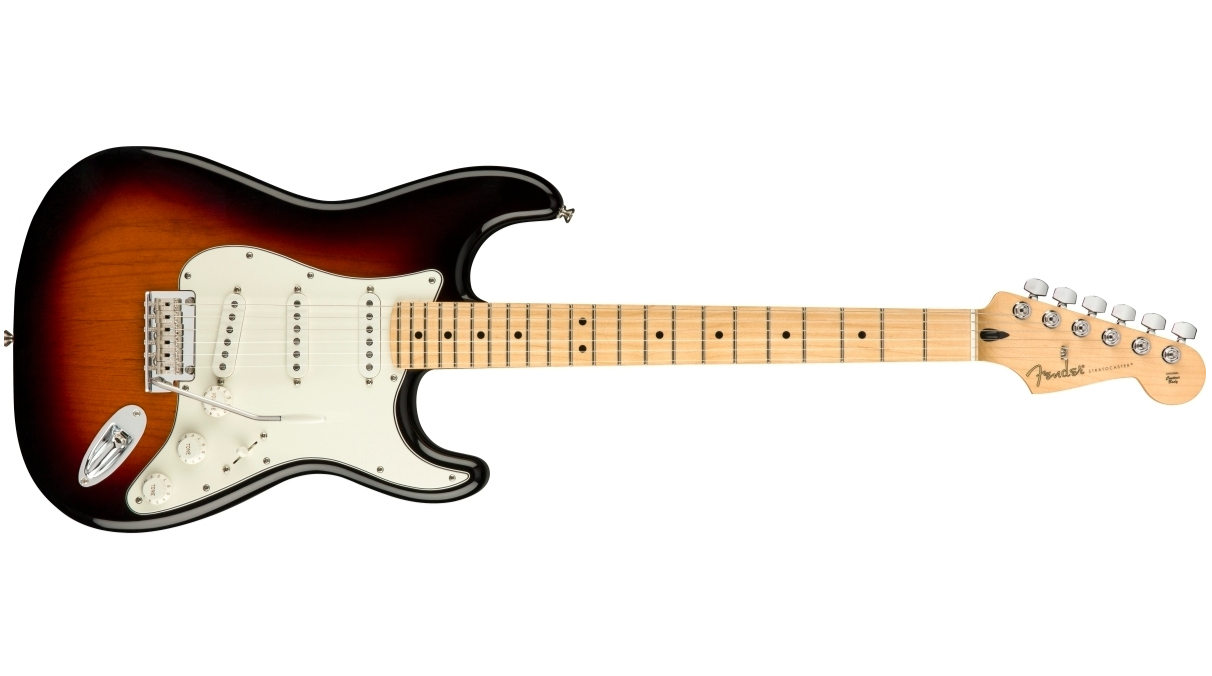
Fender Player – starts around $800/£600
The Player series represents the entry-level into the world of Fender guitars, though rest assured, these aren’t purely entry-level instruments.
The Players are the most affordable of all new Fender guitars, but they’re still incredibly reliable and road-worthy. They’re made by the skilled team in Ensenada, Mexico, and they replaced the old Standard series a few years ago.
The Players compile both traditional and modern features to essentially give you the best of both worlds, resulting in very playable instruments that will function well night after night. If you’re seeking the classic Fender sound, look, and quality but are on a budget, the Player Series is for you.
In addition, you’ll see Player Plus guitars around – these are basically regular Fender Player guitars with some really cool additional extras. There might be an additional pickup, active or upgraded electronics, or a different pickup configuration. They tend to be very versatile but still offer great value for money.
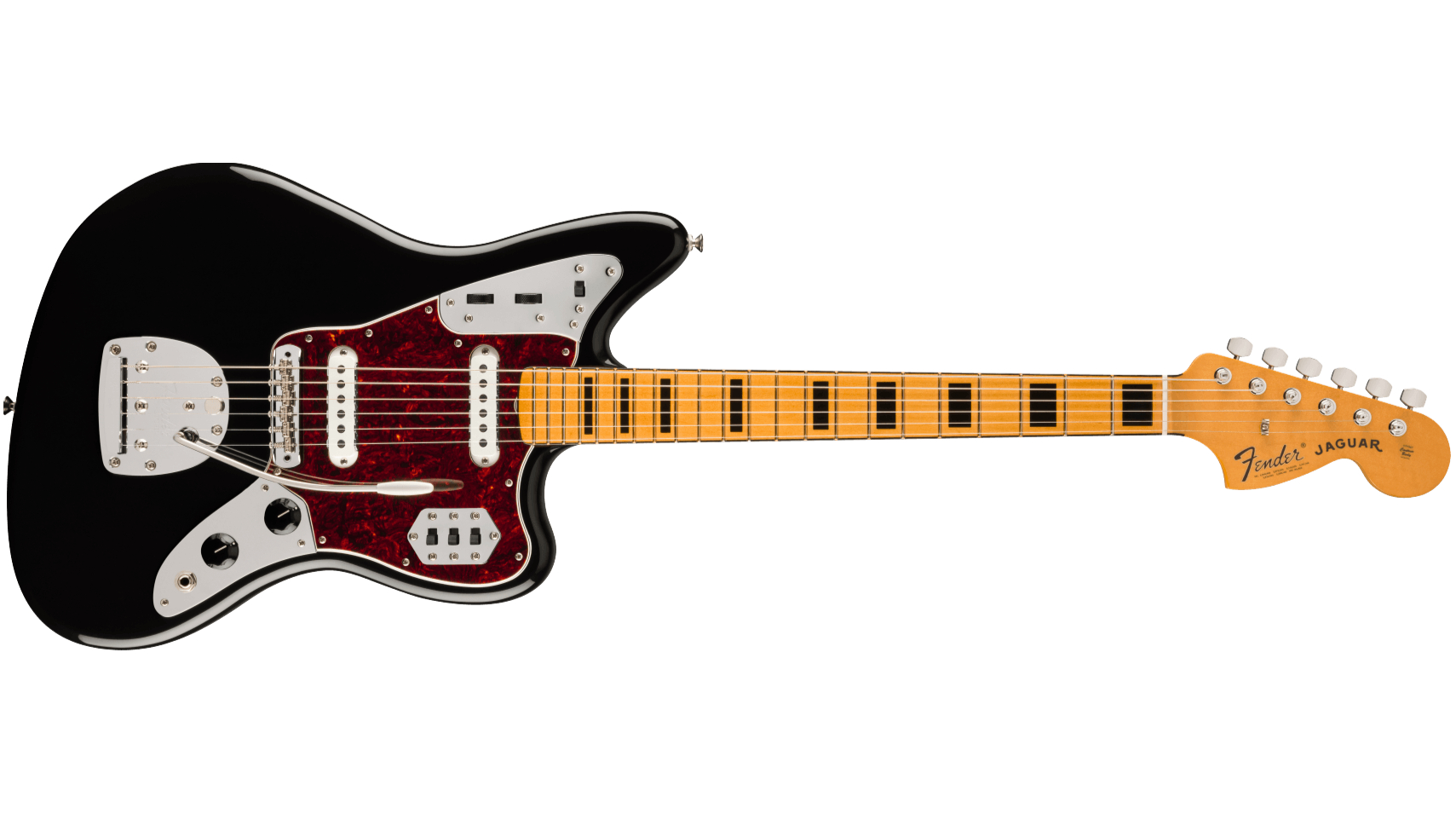
Fender Vintera II – starts around $1,150/£850
Very much implied by its name, the Vintera series brings you a range of vintage-inspired guitars with authentic decade-correct features. Unearth the sound of those first-ever Teles or rock the style of the unmistakable 70s Strat. These guitars give you the look, sound, and feel of those old-school golden-era Fenders with all the benefits of buying a new guitar.
With the Vintera series, there are three decades – 50s, 60s and 70s, each with its own few models. For example, if you’re really into Strats, you can get the different vibe of each of these three decades without having to spend a considerable fortune on vintage models. They’re perfect for players who are tempted by the allure of an old Fender but don’t necessarily want to go down the US, Custom Shop, or vintage route.
These Vinteras are all made in Mexico, which places them on the more affordable end of Fender’s scale. They’re built to a superb standard and are solid, reliable instruments – make no mistake.
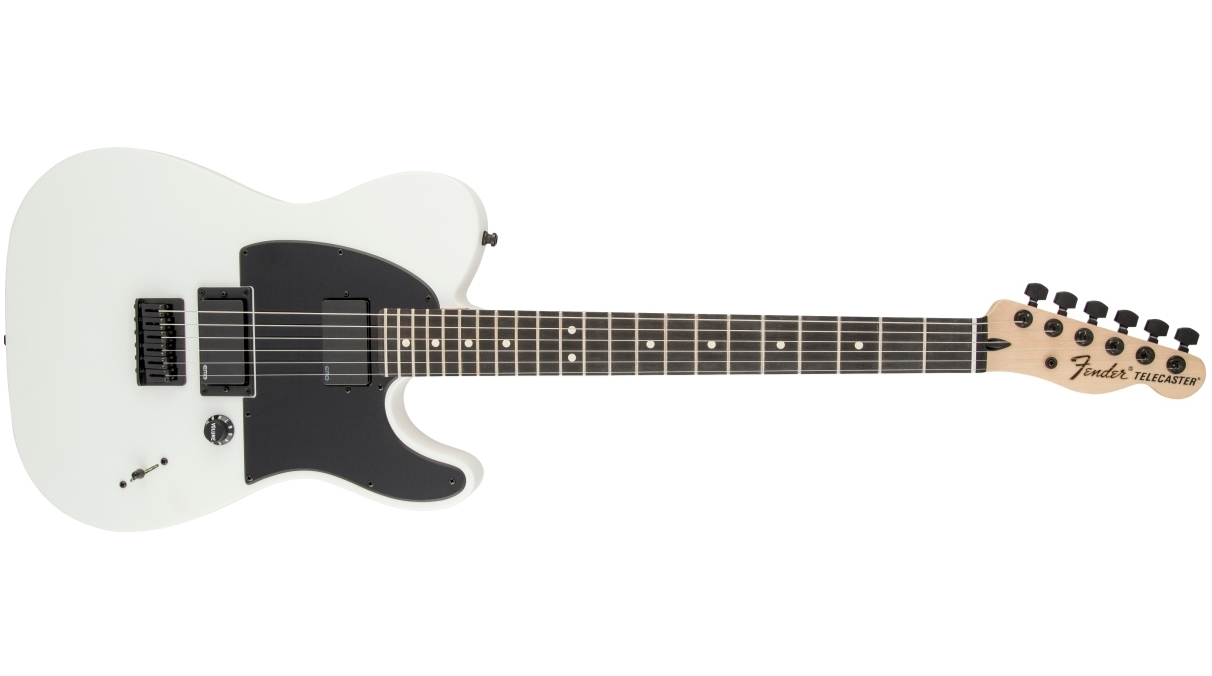
Signature series – starts around $1,100/£1,000
Fender offers a wide variety of signature models, too. These guitars are made in both Mexico and America, so range quite a bit in terms of price. From Jim Root of Slipknot to H.E.R. and Bruno Mars, Fender’s roster of signature artists reflects the massive range of players out there using their equipment.
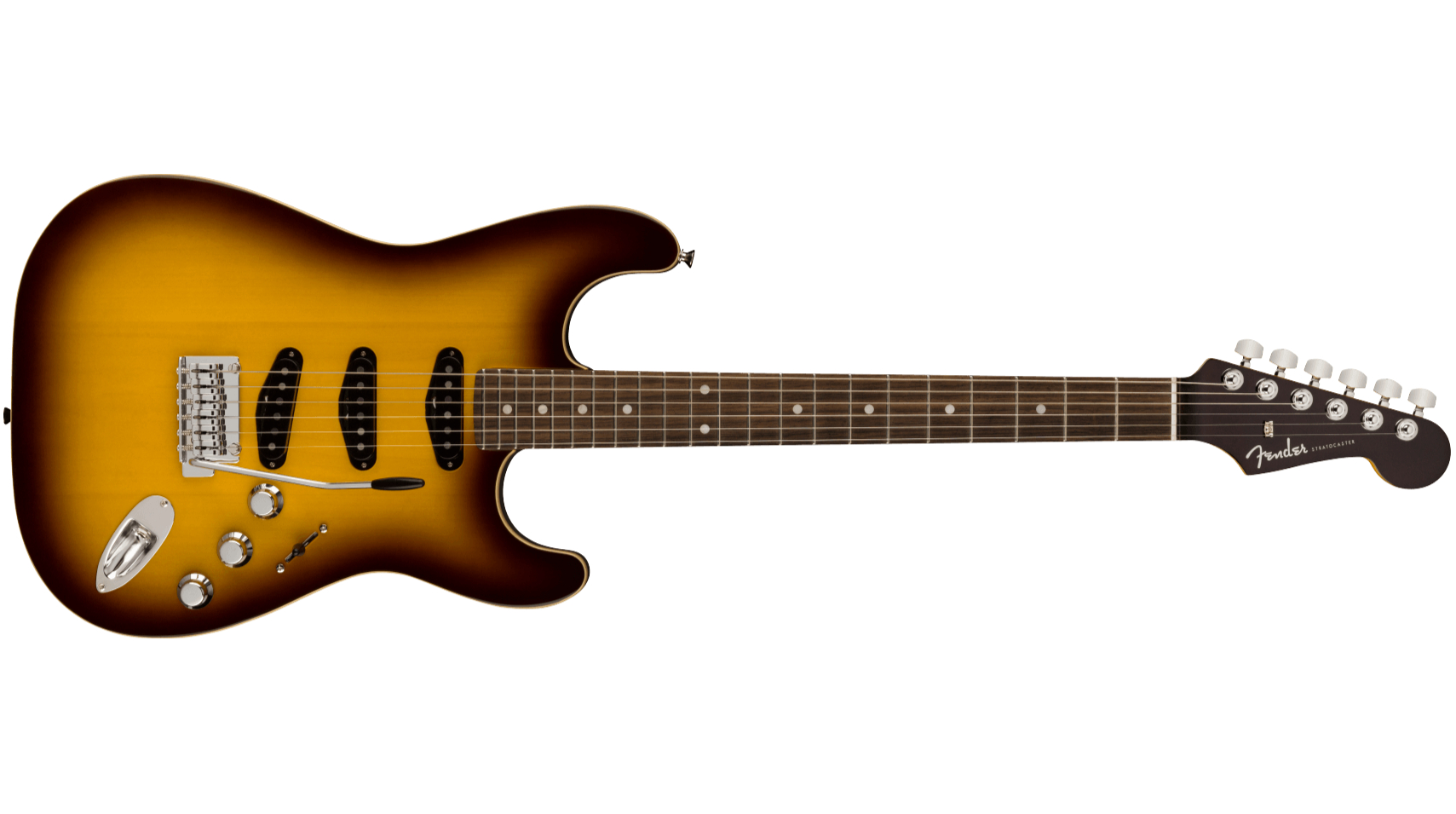
Fender Japan – starts around $/£1,000
In the 1980s, Fender started making instruments in Japan to compete with some of the other more affordable but frankly, really high-quality brands such as Tokai and Fernandes. They still make some guitars and basses today, often in the form of FSR or Fender Special Run guitars.
The build quality of Japanese Fenders is extremely good – many of them are even comparable to the US-made models. You’ll also often see some really cool, limited-run guitars with slightly different specs and more standout finishes.
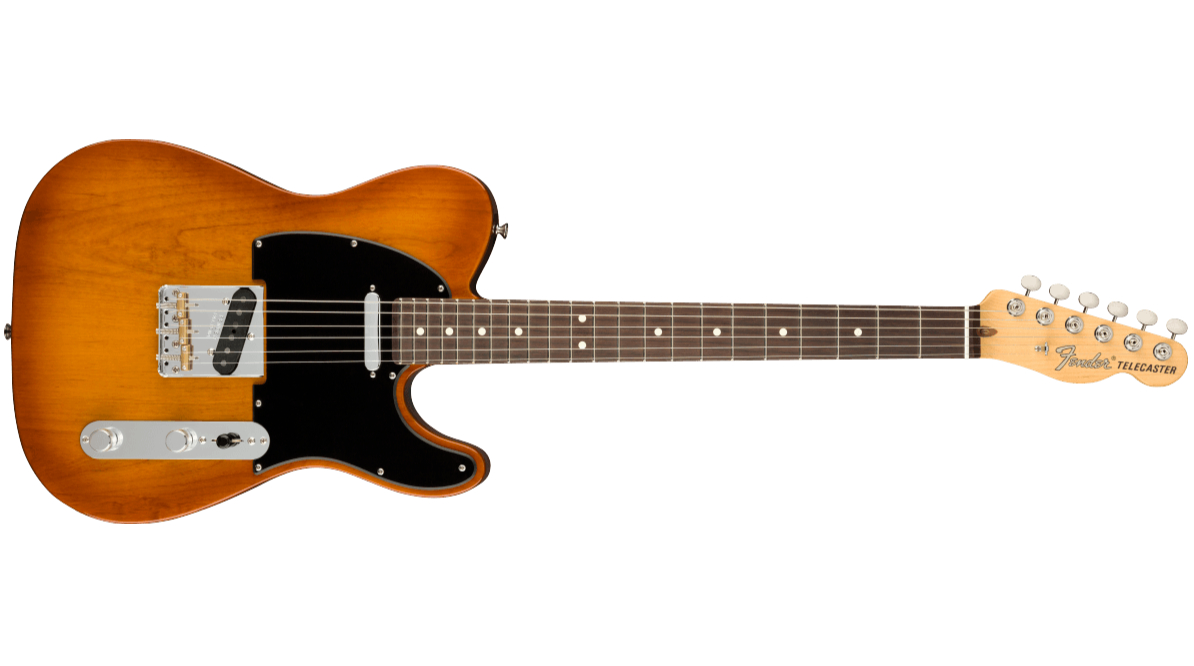
Fender American Performer – starts around $1,400/£1,200
In the way that the Player series is the entry into Fender, the American Performers are the entry into US-made Fenders. Also similarly to the Players, these guitars usually blend contemporary and traditional specs to create guitars that are dripping with Fender’s DNA but are built for the rigors and demands of the modern player.
For example, the Performer Strat has three single-coils that give you all the clear, chimey, glassy Strat tone you’d expect, but lifting up the tone control gives you access to more pickup configurations, making it even more adaptable.
The pickups in these guitars, compared to those in the Players, will give you a clearer and more defined tone. They tend to yield a wider frequency range too, so your top and bottom notes are richer, but they’re also more balanced across all six strings. The hardware and build quality also experiences a step up.

Fender American Professional II – starts around $1,800 /£1,600
If you want a no-frills, US-made workhorse Fender guitar, then this is where to come – the American Professional II. They’re fairly traditional in terms of spec, but you will see some player-centric upgrades that many guitarists in today’s climate will love. Things like a sculpted neck heel and rolled fingerboard edges make the whole experience more comfortable for lots of people.
The American Professional guitars and basses represent the flagship for Fender’s USA range. A lot of what makes them so great are the new and improved V-Mod II pickups. These are super clear and dynamic pickups. They put out exactly what you put in, and have loads of that classic Fender character you’d expect.
These guitars are vintage-inspired, but they’re not bound to a particular year, or even era. They can take from every success Fender have had in the last seven and a half decades and put them into these guitars. Each one also comes shipped with a high-quality hardcase that’s designed for life on the road.
There’s a good range of finishes to choose from – some classic, some more modern looking, and you tend not to see any crazy specs; maybe a humbucker here and there but that’s about it.

Fender American Vintage II – starts around $2,300/£1,750
The American Pros aren’t tied to any particular time in the past, but the American Vintage guitars definitely are. These are faithful recreations of some of Fender’s most treasured and sought-after instruments. If you’re chasing a moment from Fender’s golden era, but you don’t want to drop thousands on a Custom Shop or vintage model, then these guitars are for you.
The Fender American Vintage II series pays respect to the instruments that without which, the sound of popular music wouldn’t be the same. Fender’s classic models shaped the music we listen to now, and these guitars celebrate that.
Fender has carefully examined some vintage models to ensure that these new guitars do the job they’re supposed to. So, expect to see period-correct finishes, neck profiles and hardware.
Even the pickups are voiced specifically so that they sonically match originals from that particular year. Whether it’s the bright sparkle of a ’57 Strat, the snap of a ’51 Tele or the power of the twin humbucker-equipped ’75 Tele Deluxe, these guitars offer you authentic vintage tones that transport you to the golden era of Fender’s rich past.

Fender American Ultra – starts around $2,200/£1,850
Not everyone wants a vintage-spec guitar; in fact, many players want something modern. That’s where the Fender American Ultra series comes in. These guitars are still quintessentially Fender, but they’re fitted with a ton of modern features. Whether you’re playing old-school inspired music, or more contemporary stuff, these guitars will handle anything you can throw at them.
The Ultra range represents some of Fender’s most advanced instruments. On these, you’ll likely see fast-playing neck profiles and radiuses, redesigned body and neck contours, and a variety of cool and pretty non-traditional finishes – alongside some more subtle ones, too.
Here, you’ll also find Noiseless pickups. These are still super dynamic and sensitive to picking variations, but they get rid of the unwanted hiss or hum which can often plague more traditional style single-coil pickups.
Some models are available as an ‘Ultra Luxe’ – these are basically the same, but the frets have been upgraded to stainless steel and the tuners are locking, plus you have the option of having a Floyd Rose bridge system. The matching painted headstocks are a nice touch, too!
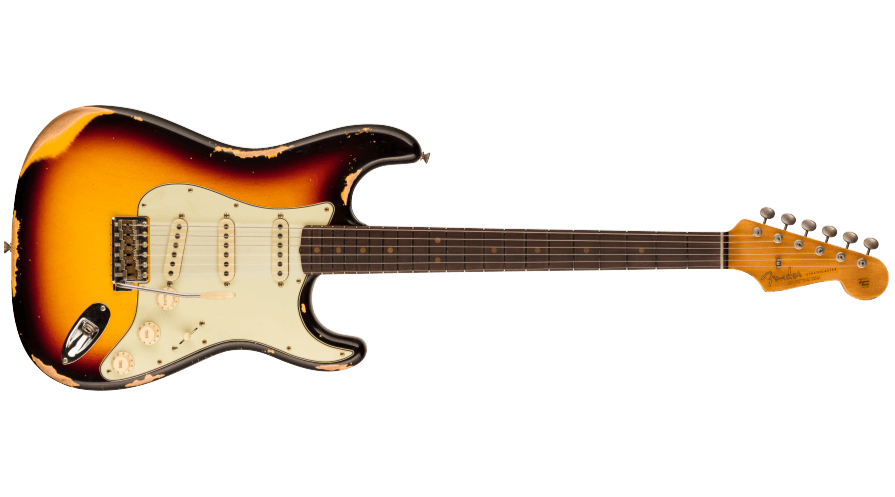
Fender Custom Shop – starts around $4,000/£3,000
In a separate part of Fender’s Corona, California factory lies the Custom Shop which is manned by some of the best guitar builders in the world. The Custom Shop builds a number of different models – some are authentic reproductions of sought-after vintage models, others are high-performance, modern guitars, and there are even some that blend contemporary and traditional features together.
What they all have in common though is incredible build quality and extremely high-quality components – from the wood used to the hardware and pickups. The attention to detail that goes into these instruments is very impressive. If you’re looking for the best of the best in terms of Fender guitars, then the Custom Shop is where to look.
Our recommendations
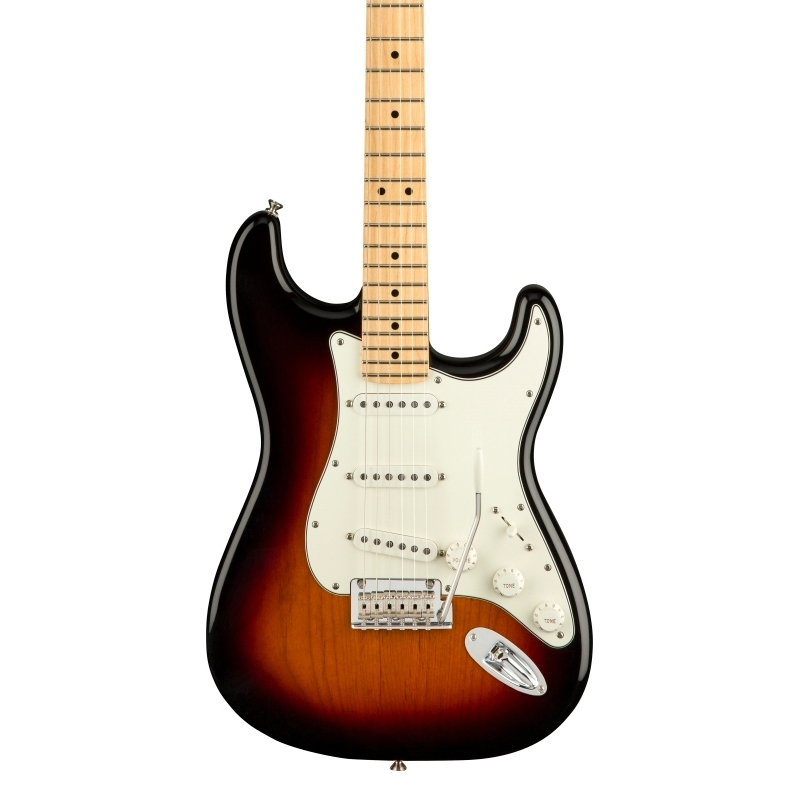
A proper Fender Strat. For many players over the years, that has been the goal. The Player Strat, with its modest price tag makes this more attainable while still providing amazing tones and great playability.
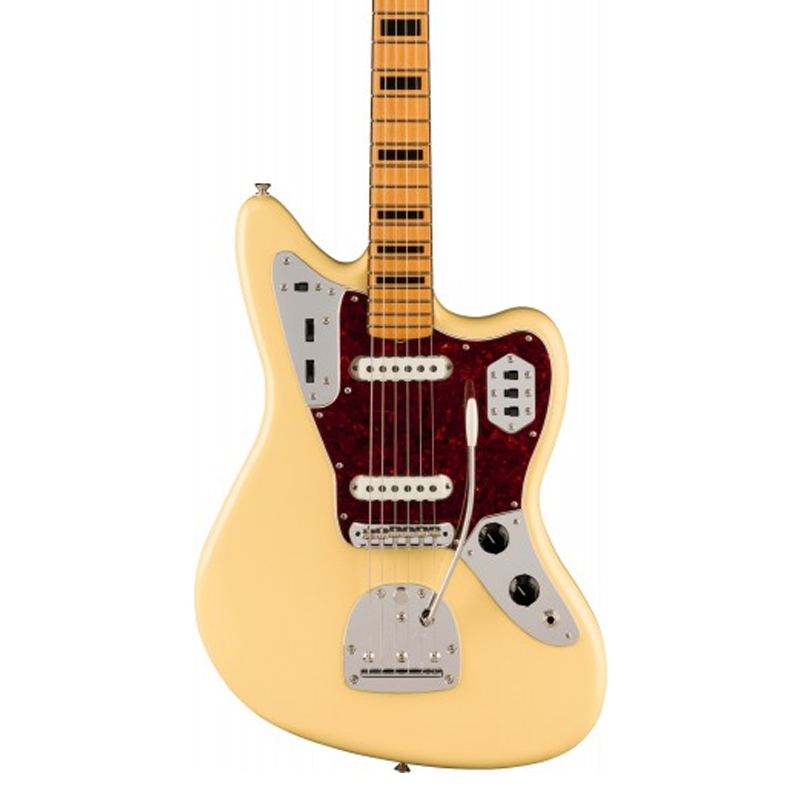
Get the crystalline clarity of those classic, old Fender single-coils with this 70s throwback. The Vintera Jaguar provides authentic vintage tones along with an incredible aesthetic that’s sure to please a wide range of players.
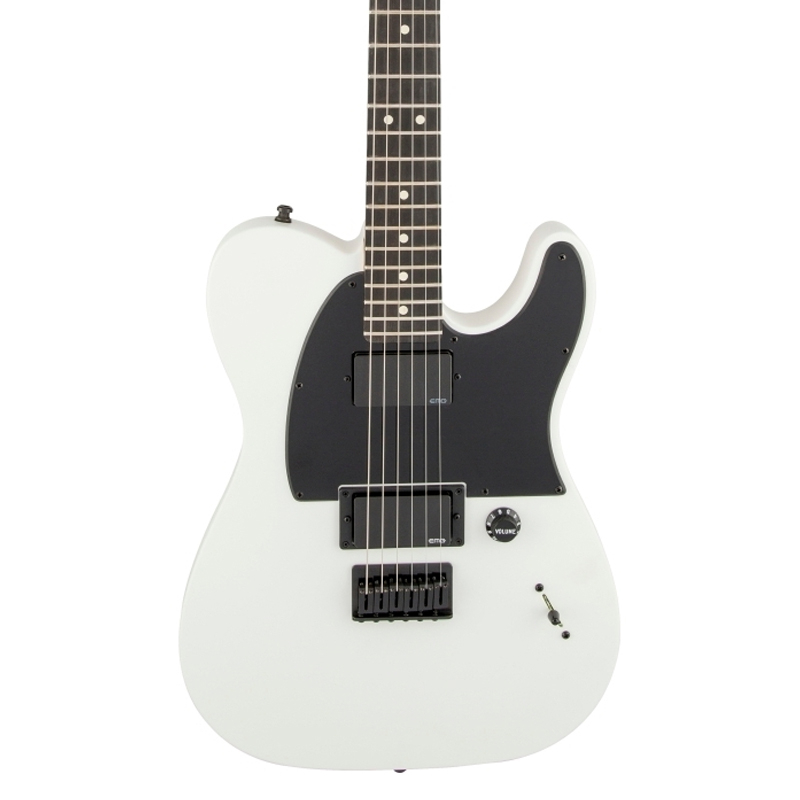
Fitted with a pair of high-output, active EMG pickups and a slick-playing neck, this thing is a metal machine. Rethink everything you thought you knew about the Tele, because this signature model redefines it.
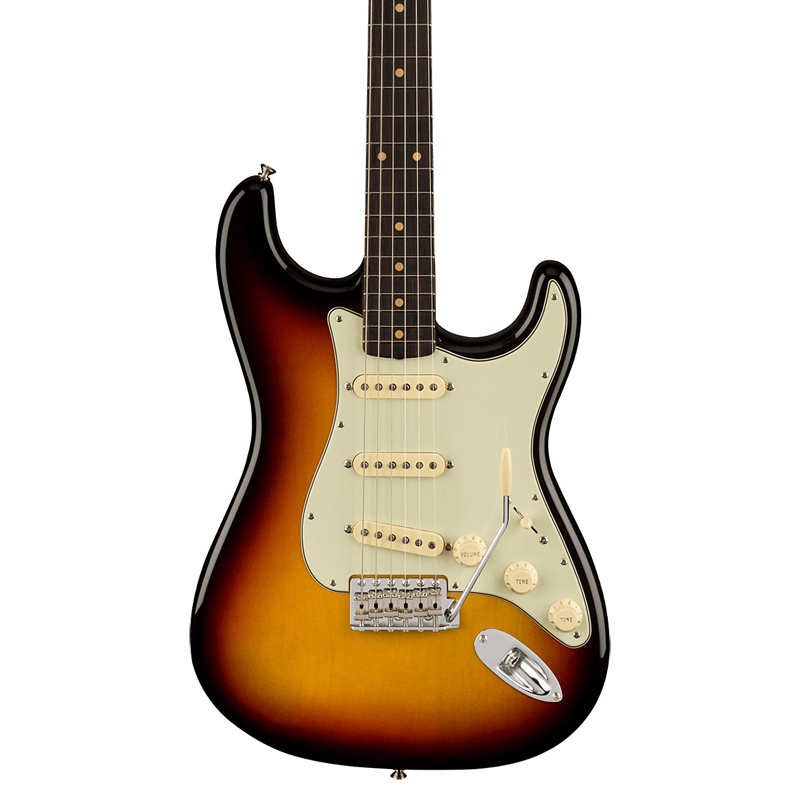
As close as you can get to an original pre-CBS 60s Strat, without spending thousands. It’s fitted with pickups that have been voiced after an original 60s Strat, so you’re getting an authentic vintage tone, as well as other period-correct specs.
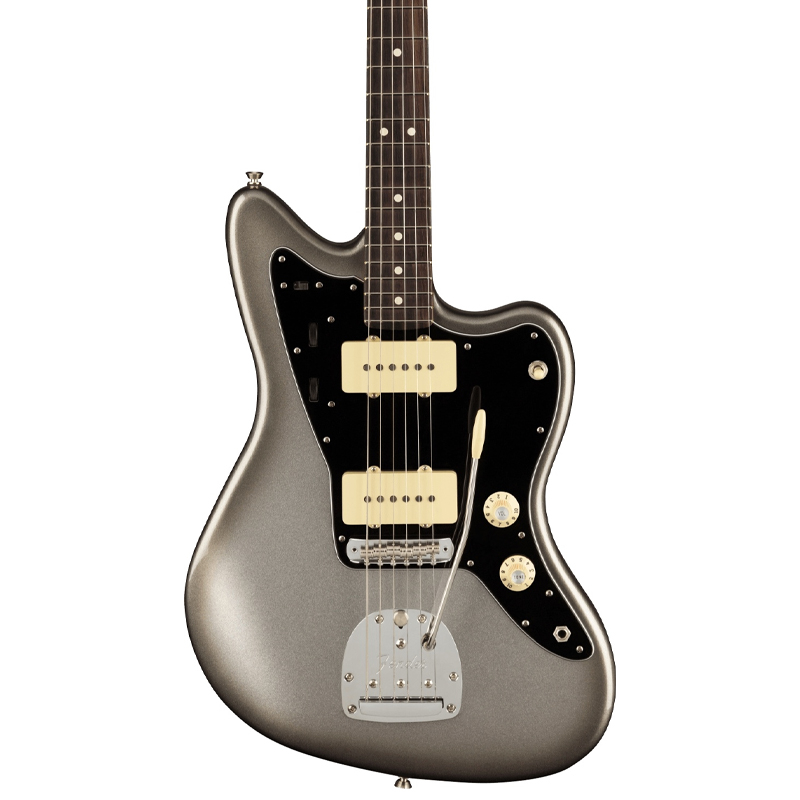
This is a modern take on the Jazzmaster while paying respect to its past. With this, you can get a powerful, modern Jazzmaster tone, but at the push of a switch, you can quickly get more vintage, old-school tones – the best of both worlds.
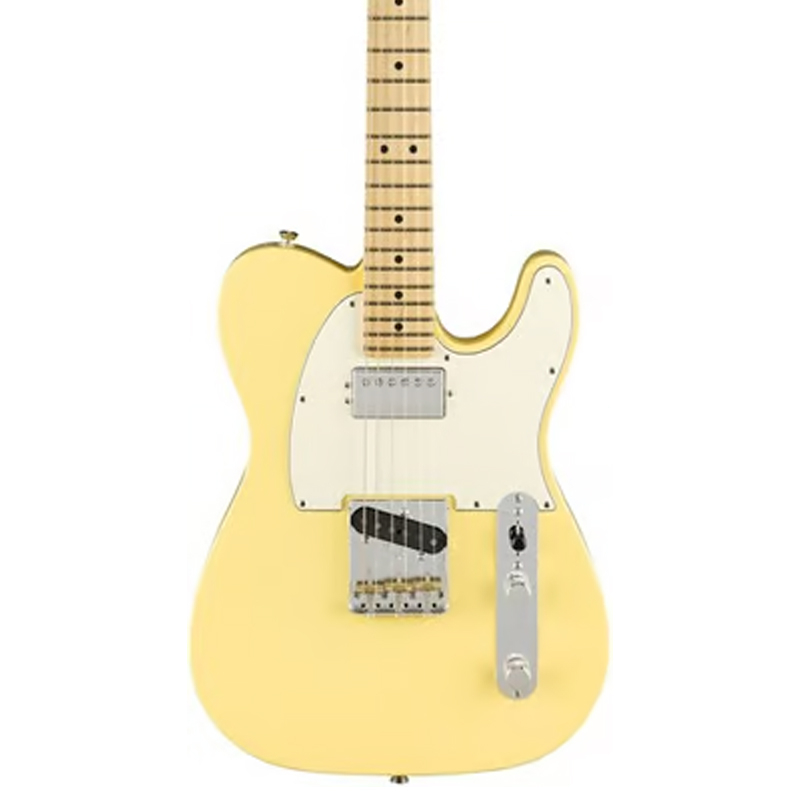
Get the classic Tele bite and twang in the bridge position, along with the warmth and power of a humbucker in the neck. Should you want a more traditional Tele neck pickup sound though, you can quickly tap it to unlock a different tonal palette.
Want to learn more? Below you'll find even more Fender content
- Looking for more options? These are the best Strat-style guitars
- On a budget? Here are the best Squier guitars
- Pair your guitar with one of the best Fender amps
- Fender vs Squier: What's the difference?
- Jazzmaster vs Jaguar: what's the difference
After spending a decade in music retail, I’m now a freelance writer for Guitar World, MusicRadar, Guitar Player and Reverb, specialising in electric and acoustic guitars, bass, and almost anything else you can make a tune with. When my head’s not buried in the best of modern and vintage gear, I run a small company helping musicians with songwriting, production and performance, and I play bass in an alt-rock band.
“There’d been three-minute solos, which were just ridiculous – and knackering to play live!” Stoner-doom merchants Sergeant Thunderhoof may have toned down the self-indulgence, but their 10-minute epics still get medieval on your eardrums
“There’s a slight latency in there. You can’t be super-accurate”: Yngwie Malmsteen names the guitar picks that don’t work for shred


![A black-and-white action shot of Sergeant Thunderhoof perform live: [from left] Mark Sayer, Dan Flitcroft, Jim Camp and Josh Gallop](https://cdn.mos.cms.futurecdn.net/am3UhJbsxAE239XRRZ8zC8.jpg)







